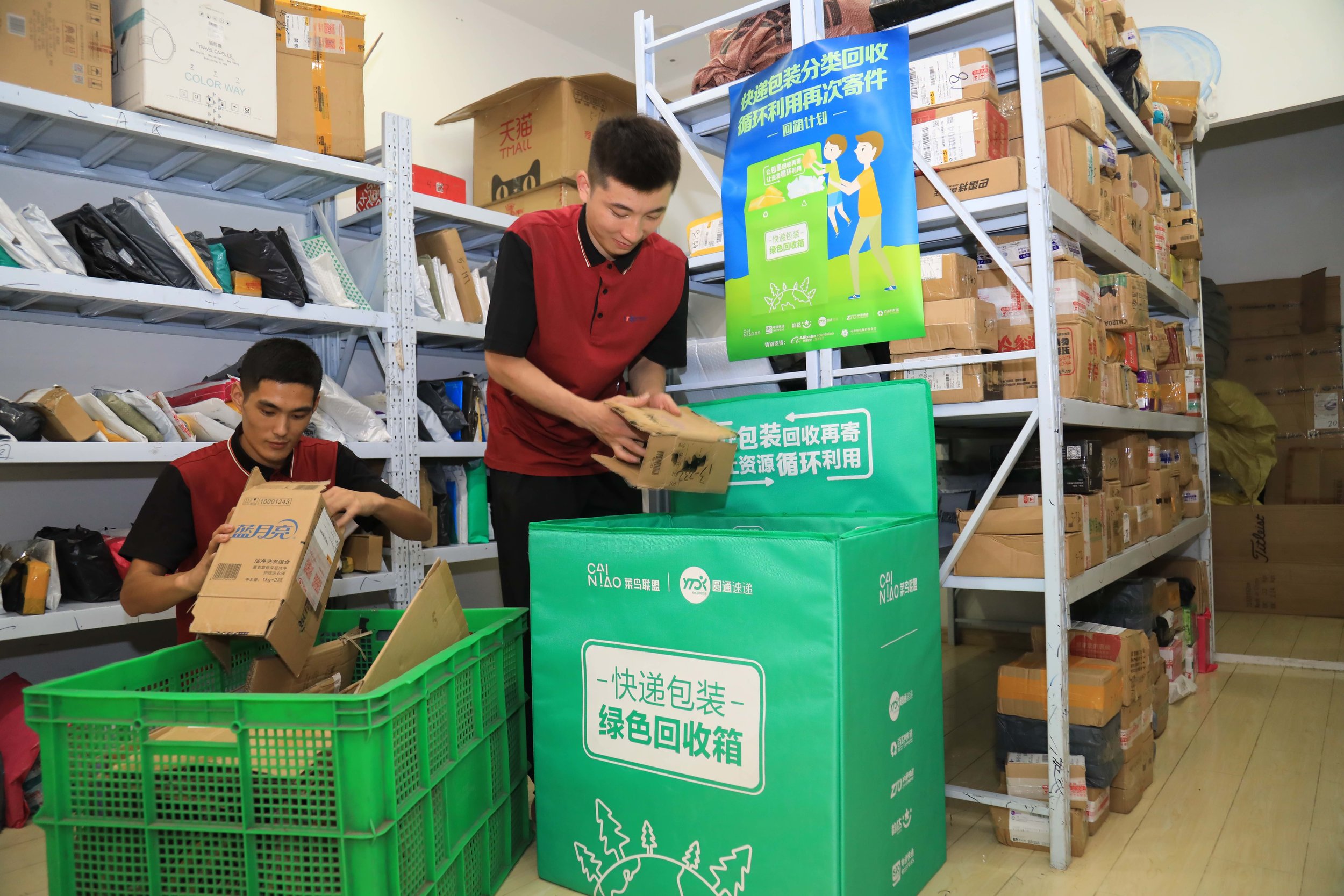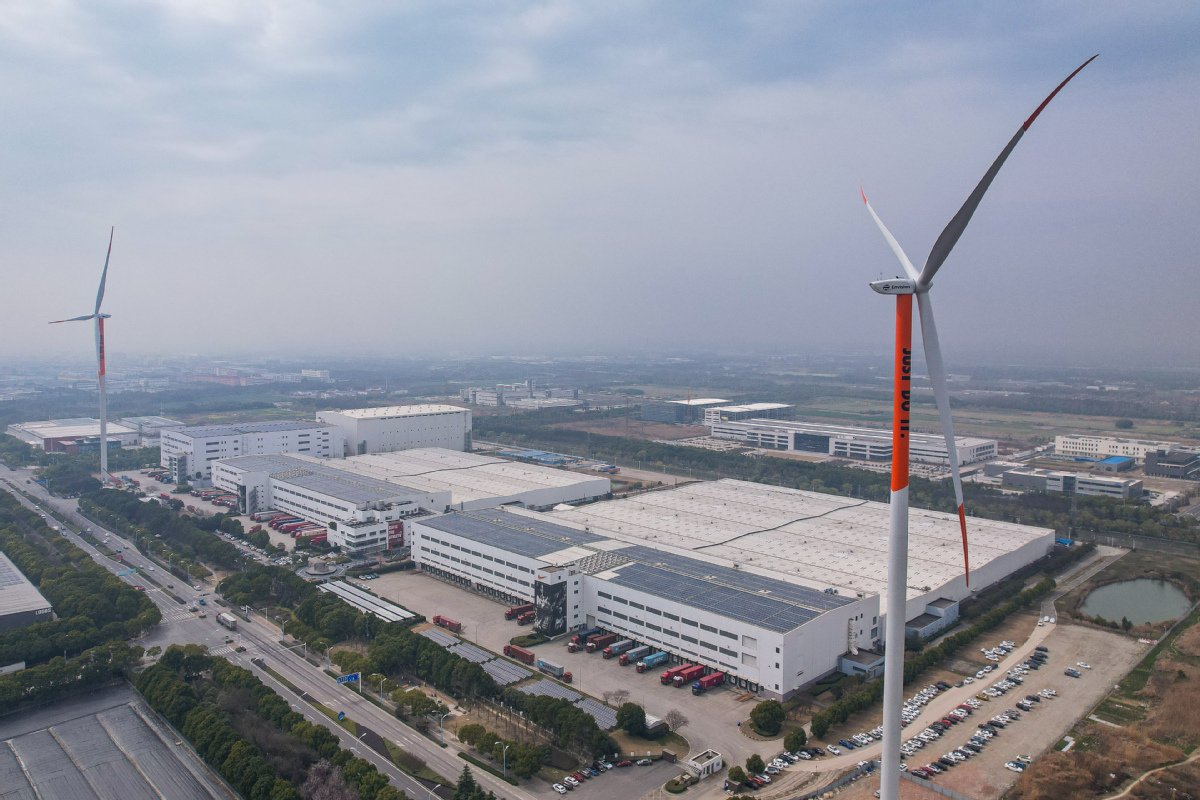A Deep Dive into Fashion Logistics and Sustainability
©Gianni Scognamiglio
The global fashion industry, a behemoth in the world of commerce, relies heavily on logistics for the efficient movement of its products across the globe. However, from the shipping of goods across oceans to the delivery of parcels at our doorstep, every facet of logistics contributes to carbon emissions. In this edition of GREENEXT Talks, let's dive into fashion logistics and sustainability!
Understanding the Environmental Impact of Logistics
©Venti Views
Did you know that in 2018, global shipping emissions accounted for 1076 million tonnes of CO2, representing around 2.9% of global emissions caused by human activities? Ocean shipping, the main mode of transport for global trade, carries around 90% of traded goods. As the demand for global freight increases, maritime trade volumes are set to triple by 2050. This rise in demand could exacerbate the environmental impact of shipping unless we adopt sustainable practices.
In the fashion industry, downstream activities, including transportation, packaging, retail operations, usage, and end-of-use, contribute to 30% of its emissions. Shockingly, in China's express delivery industry, logistics emerges as the largest carbon emitter, accounting for over 50% of total emissions within the sector.
©Claudio Schwarz
The potential for reducing carbon emissions through sustainable transport is immense. Increased use of sustainable transport could deliver 39 million tonnes of GHG emissions savings. This highlights the importance of integrating green solutions into logistics operations. However, the transition toward sustainable practices requires also strategic planning, collaboration, and innovation.
Costs and Challenges of Logistics
Logistics, encompassing various costs associated with the movement of products from sourcing raw materials to delivering customer orders, constitutes a significant portion of a product's overall cost. On average, these logistics costs make up about 30% of the total product cost.
However, this percentage can be even higher depending on the supply chain model in use and its alignment with demand information and consumer behavior. The efficiency of supply chain networks in terms of cost and speed is vital, but equally important is their alignment with customer preferences. If the products being supplied do not resonate with what customers want, it can undermine the entire business model of a company.
Understanding customer needs and buying behaviors is a crucial aspect that can help avoid excess inventory and prevent the production of products that are not aligned with the interests of the customers. Excessive inventory leads to high inventory costs and potential markdowns, resulting in a significant financial impact and sustainability concerns. Therefore, tailoring the logistics setup to align with the best value proposition for the target market is paramount for the success and sustainability of a business.
Case Studies
©Kyle Ryan
In light of the pressing challenges, a critical transformation in logistics operations within the fashion industry is imperative. Traditional paradigms focusing solely on cost, speed, or quality need to evolve, giving way to a more sustainable approach. Logistics models must undergo a reevaluation, with environmental and social impact becoming pivotal decision-making factors.
Amidst this transformation, circularity and sustainability should assume central roles. Fashion brands need to design supply chain networks that facilitate a circular flow of materials, with logistics prioritizing the most sustainable choices, taking into account various environmental variables. Moreover, logistics operations need to efficiently cater to bringing sustainable products to the right consumers, acknowledging and valuing the environmental and social merits of these offerings. Presented below are notable case studies in this context:
LVMH
LVMH, epitomized by Louis Vuitton, is committed to reducing its share of air freight and driving a transition towards sustainability by increasing the use of Sustainable Aviation Fuel (SAF). Made exclusively from used cooking oil, this biofuel emits 80% less CO2 emissions than fossil kerosene. For local road transport, the Maison aims to achieve 100% utilization of non-diesel fuel by 2030.
Kering
Kering has bolstered its global logistics prowess with a state-of-the-art hub in Northern Italy, recognized as the world's largest LEED Platinum-certified logistic facility. Covering an impressive 162,000 square meters and boasting cutting-edge technology and sustainability features, the hub will amplify shipping and storage capacities, reduce lead times by 50%, and foster closer collaboration with Kering's brands.
Cainiao Green Logistics
Cainiao, an affiliate of Alibaba, has pioneered a comprehensive green logistics solution that encompasses the entire process from order generation to parcel delivery. The company advocates for technological products and services such as electronic waybill packaging algorithms, intelligent route planning, solar-powered logistics parks, smart box cutting, and logistics route planning based on intelligent algorithms.
LVMH x SF Express
The LVMH Group and SF Express have forged a partnership to launch a sustainable supply chain system. This collaboration aims to expand LVMH's reach into China's Tier-2 and Tier-3 cities and cater to the rising interest of Chinese consumers in sustainability.
Nike
Nike has unveiled its Zero Carbon Smart Logistics Center in Taicang, Jiangsu province, featuring the largest single-unit storage capacity in Asia. The Nike China Logistics Center is dedicated to achieving 100% renewable energy power coverage.
Further Exploring...
©Marcin Jozwiak
Fashion logistics stands at a crucial crossroads, and embracing sustainable practices within this domain is not merely an option but a compelling necessity for a greener and more responsible future.
Here are some useful resources to help you plan and implement your logistics management strategies:
By leveraging the insights provided, businesses can optimize their logistics and supply chain management to improve efficiency, reduce costs, and enhance customer satisfaction.














